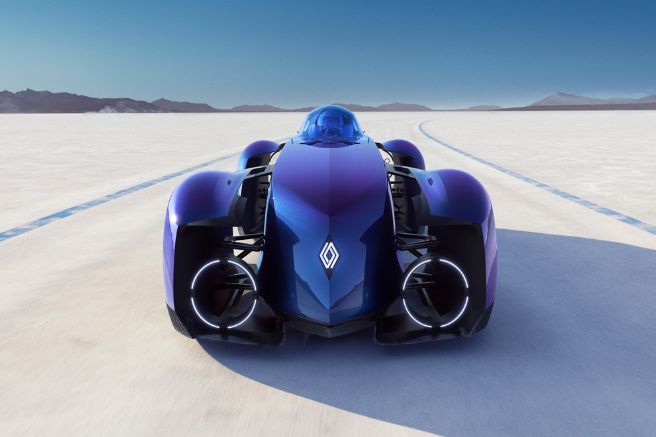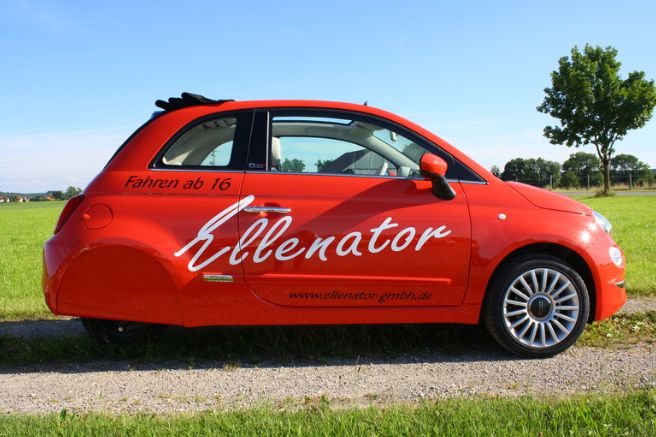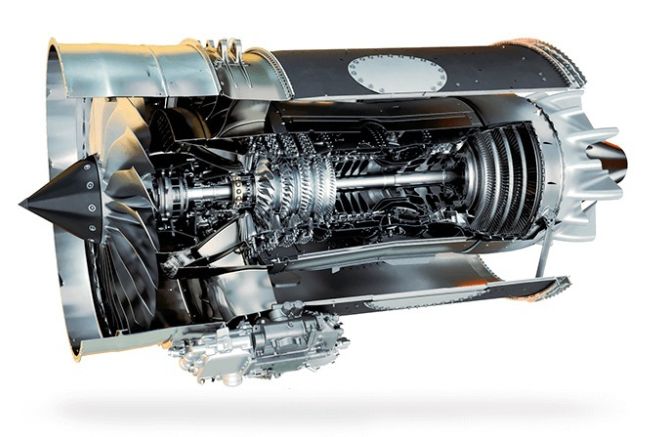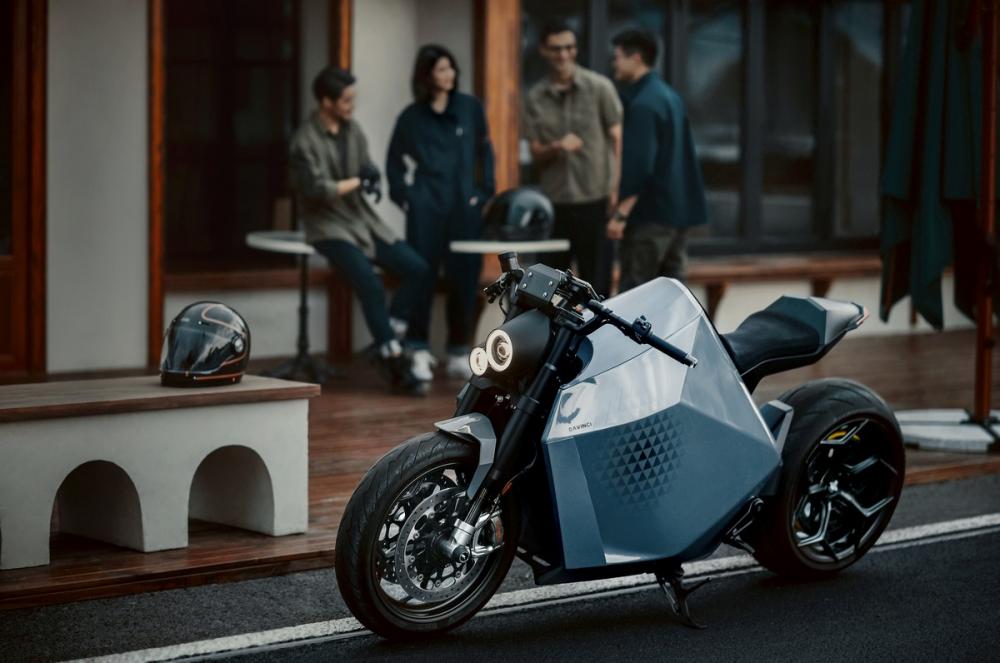
If you ask a motorcyclist why they prefer an unstable and uncomfortable vehicle like a motorcycle over a comfortable and safe sedan, you always get the same answer: “I like it, I have fun.” In fact, there’s nothing logical about traveling on a vehicle that constantly leaves its occupants exposed to the whims of the weather and environment. This is why those who use two wheels only for logistical reasons, to minimize travel in urban areas, tend to use scooters, holding the same affection for their vehicles as they do for their home refrigerators. Scooters, therefore, are service vehicles, while motorcycles are vehicles of passion, two different mindsets that manufacturers cater to on a technical level, making scooters easier and more intuitive to ride, and motorcycles increasingly loaded with functional features that are known to be loved by their users.
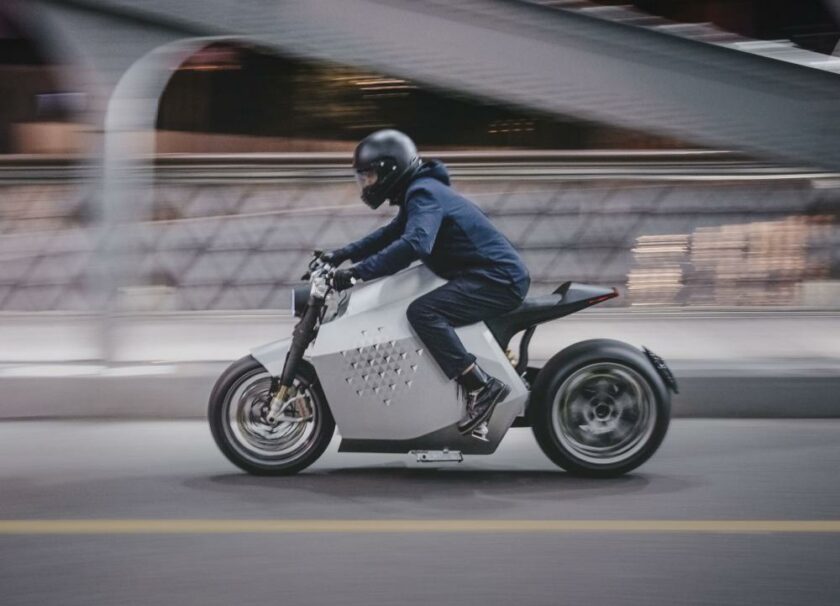
For these reasons, the “DC 100,” the first two-wheeler launched on the market by the Chinese brand Davinci Motor, founded in 2013 to focus on research and development of robotic vehicles in collaboration with researchers from Tsinghua University in Beijing, one of China’s most prestigious universities, can’t help but raise some eyebrows. Aesthetically, the bike presents a monolithic fairing with sharp, geometric shapes, developed from flat surfaces connected by pronounced edges—a design the company describes as “futuristic,” though it lacks any graceful or fluid qualities, nor does it appear aggressive or muscular. Instead, it looks like a poor imitation of Lamborghini’s iconic design. The vehicle, in fact, appears bulky and massive, partly due to the need to conceal a large battery of nearly 18 kWh capacity, which acts as a stressed frame element, powering a motor with an equivalent output of 135 horsepower and 850 newton-meters of torque, integrated into the rear wheel. The connection between the motor and the tire is thus almost direct, contributing to the vehicle’s ability to accelerate from zero to 100 km/h in less than three seconds—a performance managed and optimized in real-time by an advanced onboard management system, making the vehicle almost autonomous.
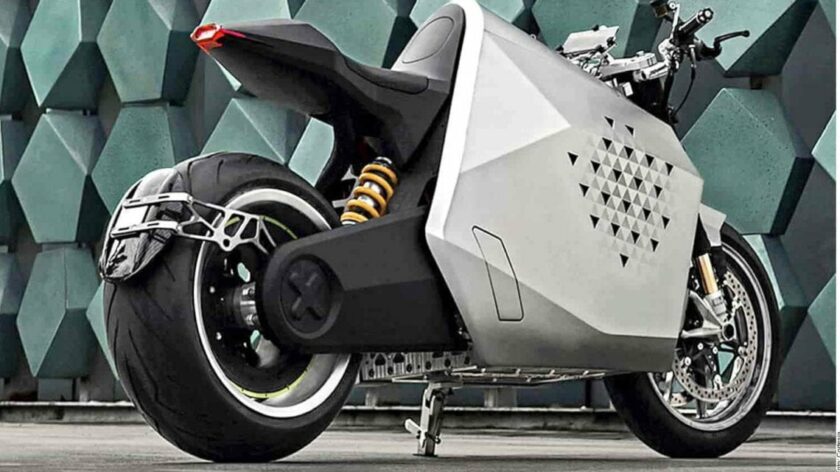
In addition to managing traction, it also controls braking, distributing effort between the electric motor and the dual 330 mm front discs with Brembo “Stylema M4” calipers, as well as handling hill starts, reverse, and highway cruising speed, functioning as cruise control. The same system also allows the battery to be recharged in just 30 minutes with adequately powerful charging stations, and by continuously monitoring the vehicle’s functional parameters, it enables a range of around 400 kilometers through constant optimization of energy delivery and recovery. Notably, the “DC 100” does not have clutch and gear levers, as it is entirely controlled by a throttle grip and a single brake lever. It also lacks a dashboard, as it delegates this function to the rider’s personal smartphone. Once seated, the rider simply inserts their mobile device into a special holder to connect it to the onboard system via Bluetooth and NFC. This solution also serves as an anti-theft device: if the control unit does not recognize the smartphone, the vehicle will not start, and it allows the rider to always have access to all the motorcycle’s usage data.
Base price: €101,000
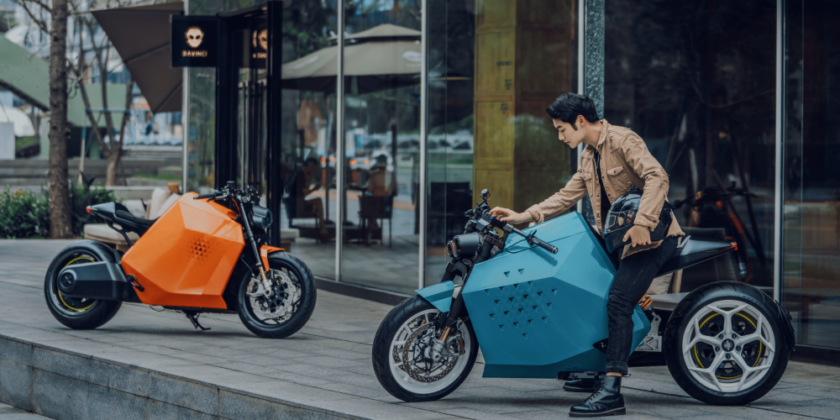
On the “DC 100” platform, the Milan-based company FM Factory intends to create “one-off” models—customized motorcycles tailored to customers’ preferences and produced as unique pieces. The project is ambitious, but it must be noted that, in addition to the advanced technologies and premium materials, the price exceeds €100,000—a sum with which one could purchase and customize much more well-known and sought-after motorcycles, and even afford to buy racing models that have competed in MotoGP or the Superbike World Championship.
Title: DaVinci motor “Dc100”: geometric, but exclusive
Translation with ChatGPT

